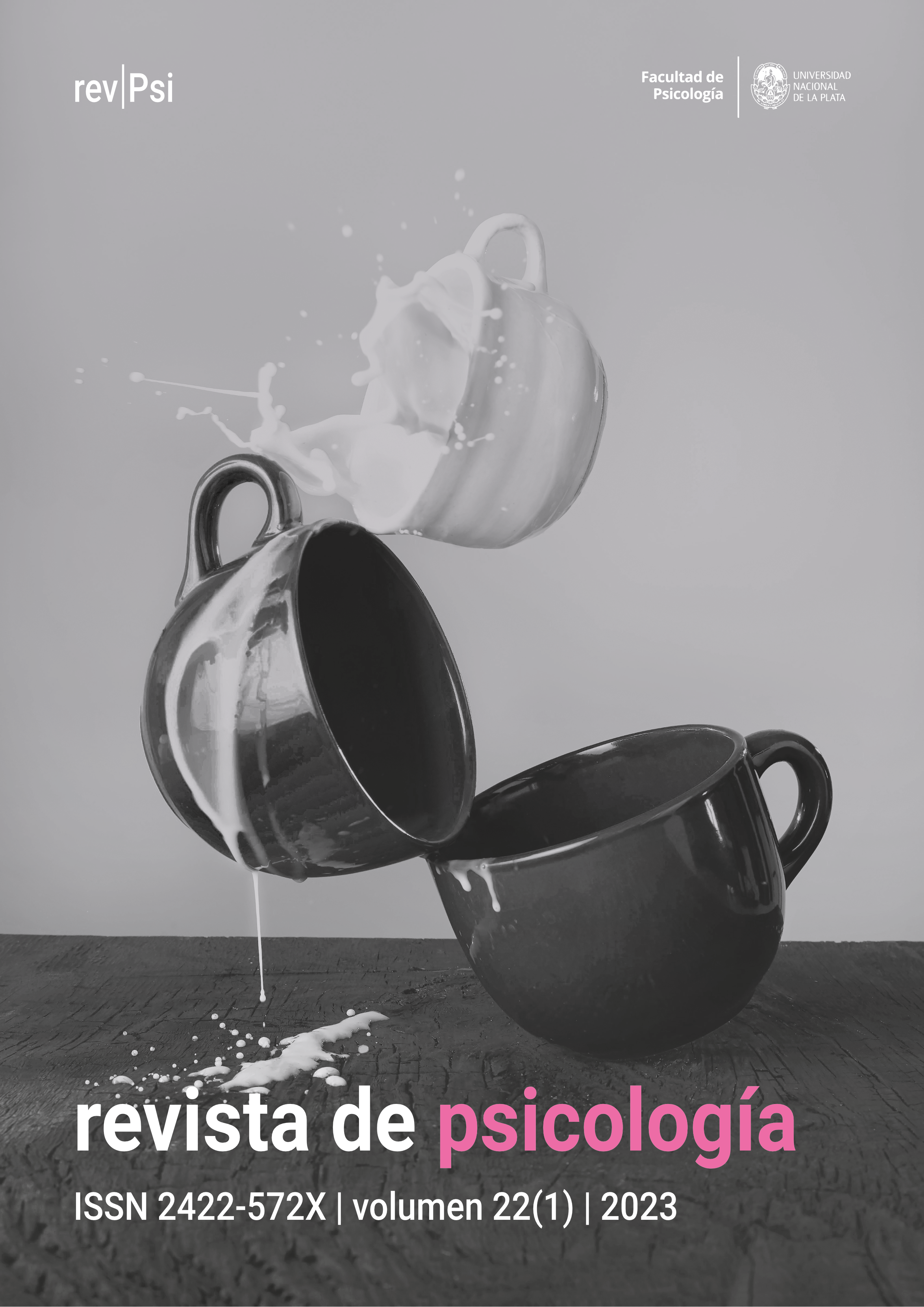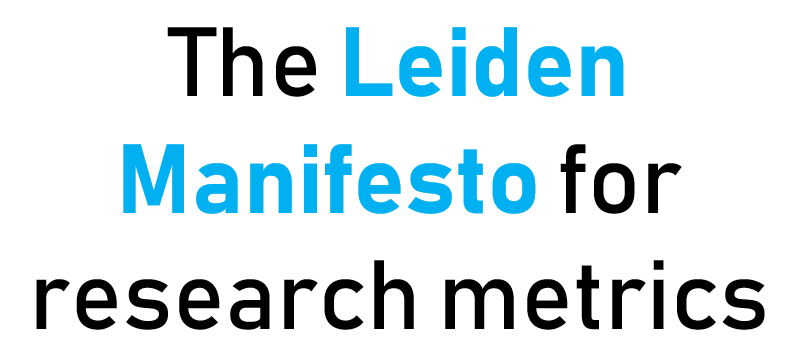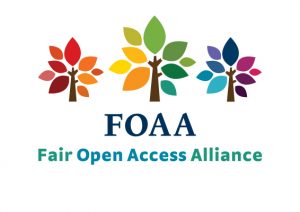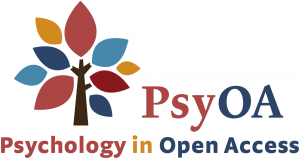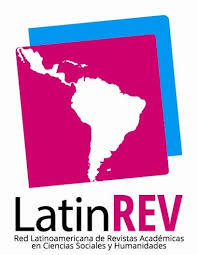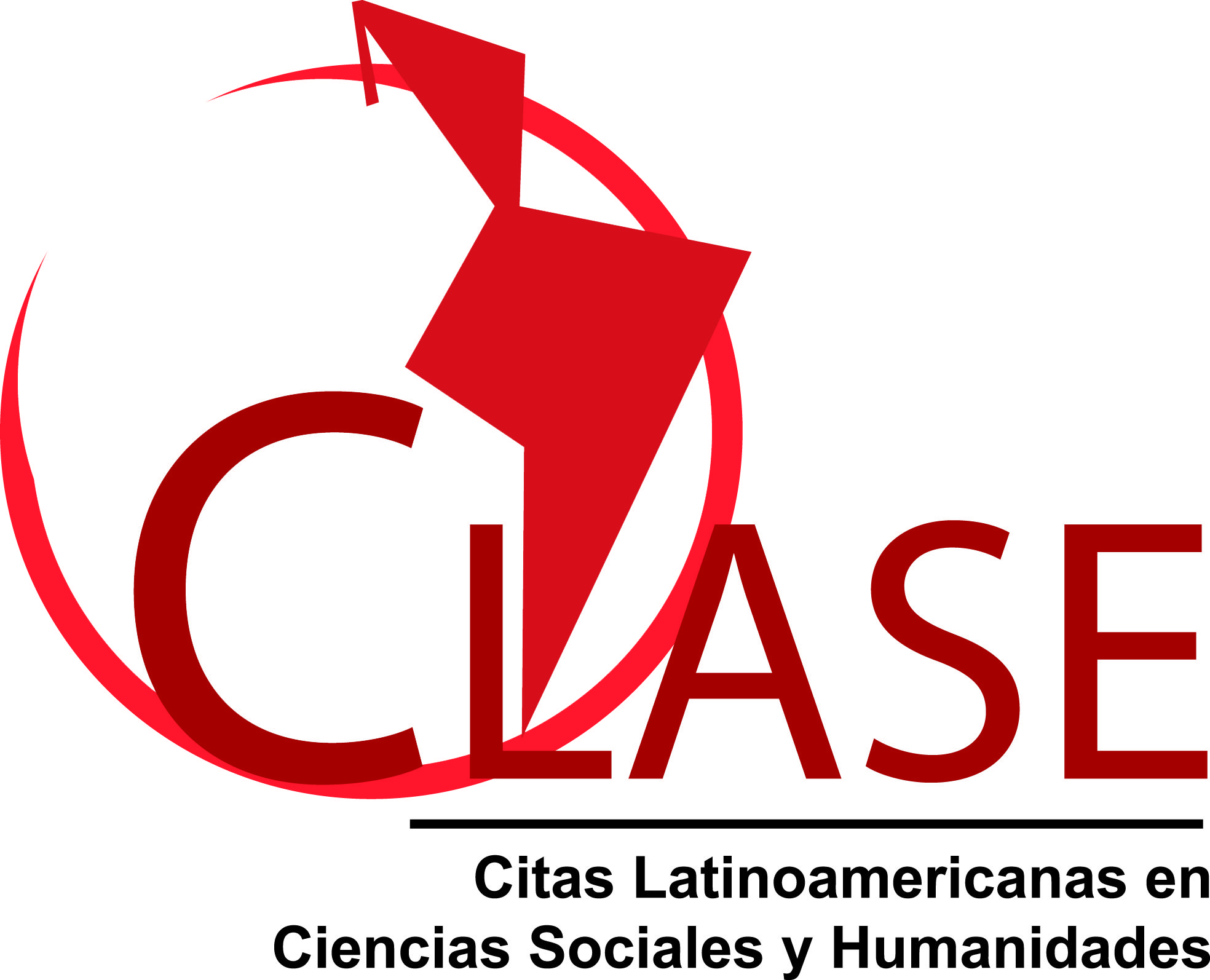Caregiver sensitivity and attachment security in Ecuadorian preschoolers with ASD
DOI:
https://doi.org/10.24215/2422572Xe096Keywords:
caregiver sensitivity, attachment security, autism spectrum disorder, typical development, preschool childrenAbstract
The aim of the present study was to explore the association of the attachment security of a group of preschool-age children with mild to moderate autism spectrum disorder (ASD), with their caregiver figures’ sensitivity. The participants were 25 dyads of medium socioeconomic level, living in Quito, Ecuador, whose results were compared with those of a typical development group with similar sociodemographic characteristics, from a previous study. The instruments used were the Attachment Q-set (AQS) and the Maternal Behavior for Preschoolers Q-set (MBPQS) adapted to the typical population and with ASD from Ecuador. The results showed that between the two groups there were significant differences in the security of the children, but not in the sensitivity of their caregivers. In addition, statistically significant correlations between sensitivity and security were found in the group with ASD, as well as a significant predictive value of sensitivity on security. Findings are discussed.
Downloads
Metrics
References
Aguirre, M. (2019). Autismo y psicoanálisis. Orbis Tertius UPAL, 3(5), 139-155.
Ainsworth, M. D. (1969). Maternal Sensitivity Scales. The Baltimore longitudinal project.
Ainsworth, M. D. y Bell, S. M. (1972). Mother-infant interaction and the development of competence. U.S. Department of Health, Education & Welfare. Office of Education.
American Psychiatric Association (2014). Manual diagnóstico y estadístico de los trastornos mentales, 5ta Ed. (DSM-5). Médica Panamericana.
American Psychiatric Association (2016). Neurodevelopmental disorders: DSM-5 selections. American Psychiatric Publishing.
Atkinson, L., Niccols, A., Paglia, A., Coolbear, J., Parker, K., Poulton, K., Guger, S. y Sitarenios, G. (2000). A meta-analysis of time between maternal sensitivity and attachment assesments: Implications for internal working models in infancy/toddlerhood. Journal of Social and Personal Relationships, 17, 791-810. https://doi.org/10.1177/0265407500176005
Baio, J., Wiggins, L., Christensen, D., Maenner, M., Daniels, J., Warren, Z., Kurzius-Spencer, M., Zahorodny, W., Robinson R., C., White, T., Durkin, M. S., Imm, P., Nikolaou, L., Yeargin-Allsopp, M., Lee, L-C., Harrington, R., López, M., Fitzgerald, R. T., Hewitt, A., … Dowling, N. (2018). Prevalence of autism spectrum disorder among children aged 8 years - Autism and Developmental Disabilities Monitoring Network, 11 sites, United States, 2014. Surveillance Summaries, 67(6), 1-23. https://doi.org/10.15585/mmwr.ss6706a1
Baron-Cohen, S. (2010). Autismo y síndrome de Asperger. Alianza.
Bowlby, J. (1969/1998). El apego y la pérdida: el apego (Vol. 1). Paidós Ibérica.
Capps, L., Sigman, M. y Mundy, P. (1994). Attachment security in children with autism. Development and Psychopathology, 6(2), 249-261. https://doi.org/10.1017/S0954579400004569
Centers for Disease Control and Prevention (CDC) (2018). Autism Spectrum Disorders (ASD). https://www.cdc.gov/ncbddd/autism/data.html
Cerezo, M. Á., Pons-Salvador, G. y Trenado, R. (2011). La cualidad del apego infantil y sensibilidad materna desde la perspectiva microsocial. Acción Psicológica, 8(2), 9-25. https://doi.org/10.5944/ap.8.2.185
Chiaravalli, L. (2011). Sensitividad materna en madres de niños con un diagnóstico del espectro autista. Tesis de Licenciatura. Facultad de Letras y Ciencias Humanas, Pontificia Universidad Católica del Perú. http://hdl.handle.net/20.500.12404/1180
Código de la niñez y adolescencia. (2014). Ecuador. https://www.igualdad.gob.ec/wp-content/uploads/downloads/2017/11/codigo_ninezyadolescencia.pdf
De Wolff, M. S. y van IJzendoorn, M. H. (1997). Sensitivity and attachment: A meta-analysis of parental antecedents of infant attachment. Child Development, 68(4), 571-591. https://doi.org/10.2307/1132107
Delfos, M. F. y Groot, N. (2016). Autismo desde una perspectiva del desarrollo. Editorial SWP.
Díaz, E., Andrade, I., Espinosa, E., Nóblega, M. y Núñez del Prado, J. (2018). Cuidado sensible y seguridad del apego en preescolares. Ciencias Psicológicas, 12(1), 97-107. https://doi.org/10.22235/cp.v12i1.1600
Díaz, E. y Nóblega, M. (2019). Apego y autismo en Ecuador: exploración de validez de contenido del Attachment Q-set (AQS). CienciAmérica, 8(2), 123-136. https://doi.org/10.33210/ca.v8i2.233
Díaz, E. y Nóblega, M. (2020). El MBPQS en Ecuador: exploración de la validez de contenido para su aplicación en figuras cuidadoras de niños con TEA. Ciencias Psicológicas, 14(1), e-2063. https://doi.org/10.22235/cp.v14i1.2063
Frantzen, K. K., Lauritsen, M. B., Jorgensen, M., Tanggaard, L., Fetters, M. D., Aikens, J. E. y Bjerrum, M. (2016). Parental self-perception in the autism spectrum disorder literature: Asystematic mixed studies review. Review Journal of Autism and Developmental Disorders, 3(1), 18-36. https://doi.org/10.1007/s40489-015-0063-8
Frith, U. (2004). Autismo: hacia la explicación del enigma. Alianza.
Grzadzinski, R. L., Luyster, R., Spencer, A. G. y Lord, C. (2014). Attachment in young children with autism spectrum disorders: An examination of separation and reunion behaviors with both mothers and fathers. Autism, 18(2), 85-96. https://doi.org/10.1177/1362361312467235
Howes, C. y Spieker, S. (2016). Attachment relationships in the context of multiple caregivers. En J. Cassidy y P. R. Shaver (Eds.), Handbook of attachment: Theory, research, and clinical applications (3 ed., pp. 314-329). Guilford Press.
Instituto Nacional de Estadísticas y Censos (INEC). (2011). Encuesta de estratificación del nivel socioeconómico. https://www.ecuadorencifras.gob.ec/encuesta-de-estratificacion-del-nivel-socioeconomico/
Jerusalinsky, A. (1997). Psicoanálisis del autismo. Nueva Visión.
Kahane, L. y El-Tahir, M. (2015). Attachment behavior in children with autistic spectrum disorders. Advances in Mental Health and Intellectual Disabilities, 9(2), 79-89. https://doi.org/10.1108/AMHID-06-2014-0026
Karst, J. S. y Van Hecke, A. V. (2012). Parent and family impact of autism spectrum disorders: A review and proposed model for intervention evaluation. Clinical Child and Family Psychology Review, 15(3), 247-277. https://doi.org/10.1007/s10567-012-0119-6
Koren-Karie, N., Oppenheim, D., Dolev, S. y Yirmiya, N. (2009). Mothers of securely attached children with autism spectrum disorder are more sensitive than mothers of insecurely attached children. Journal of Child Psychology and Psychiatry, 50(5), 643-650. https://doi.org/10.1111/j.1469-7610.2008.02043.x
Larbán V., J. (2012). Vivir con el autismo, una experiencia relacional. Octaedro S. L.
López, N., Iriarte, C. y González, M. C. (2004). Aproximación y revisión del concepto "competencia social". Revista Española de Pedagogía, 227, 143-156.
Martos, J. y Burgos, M. (2013). Del autismo infantil precoz al trastorno del espectro autista. En F. Alcantud (Coord.), Trastornos del espectro autista: detección, diagnóstico e intervención temprana (pp. 17-34). Pirámide.
McKenzie, R. y Dallos, R. (2017). Autism and attachment difficulties: Overlap of symptoms, implications and innovative solutions. Clinical Child Psychology and Psychiatry, 22(4), 632-648. https://doi.org/10.1177/1359104517707323
Mesman, J., van IJzendoorn, M. H. y Sagi-Schwartz, A. (2016a). Cross-cultural patterns of attachment: Universal and contextual dimensions. En J. Cassidy y P. R. Shaver (Eds.), Handbook of attachment. Theory, research and clinical applications (3 ed., pp. 852-877). Guilford Press.
Mesman, J., van IJzendoorn, M. H., Behrens, K., Carbonell, O. A., Cárcamo, R., Cohen-Paraira, I., de la Harpe, C., Ekmekci, H., Emmen, R., Heidar, J., Kondo-Ikemura, K., Mels, C., Mooya, H., Murtisari, S., Nóblega, M., Ortiz, J., Sagi-Schwartz, A., Sichimba, F., Soares, I., . . . Zreik, G. (2016b). Is the ideal mother a sensitive mother? Beliefs about early childhood parenting in mothers across the globe. International Journal of Behavioral Development, 40(5), 385-397. https://doi.org/10.1177/0165025415594030
Murphy, T. P. y Laible, D. J. (2013). The influence of attachment security on preschool children's empathic concern. International Journal of Behavioral Development, 37(5), 436-440. https://doi.org/10.1177/0165025413487502
Naber, F. B., Swinkels, S. H., Buitelaar, J. K., Dietz, C., van Daalen, E., Bakermans-Kranenburg, M. J., van IJzendoorn, M. H. y van Engeland, H. (2007). Joint attention and attachment in toddlers with autism. Journal of Abnormal Child Psychology, 35(6), 899-911. https://doi.org/10.1007/s10802-007-9142-3
Neimy, H., Pelaez, M., Carrow, J., Monlux, K. y Tarbox, J. (2017). Infants at risk of autism and developmental disorders: Establishing early social skills. Behavioral Development Bulletin, 22(1), 6-22. https://doi.org/10.1037/bdb0000046
Nóblega, M. (2012). Conducta de base segura y sensitividad en niños y madres del distrito Los Olivos. Tesis doctoral. Escuela de Posgrados, Pontificia Universidad Católica del Perú. http://hdl.handle.net/20.500.12404/4491
Nóblega, M., Bárrig, P., Conde, G., Núñez del Prado, J., Carbonell, O. A., Altmann de Litvan, M., González, E., Sasson, E., Weigensberg de Perkal, A. y Bauer, M. (2016). Cuidado materno y seguridad del apego antes del primer año de vida. Universitas Psychologica, 15(1), 245-260. https://doi.org/10.11144/Javeriana.upsy15-1.cmsa
Ozonoff, S., Pennington, S. y Rogers, S. J. (1991). Executive function deficits in high-functioning autistic individuals: relationship to theory of mind. Child Psychology and Psychiatry, 32(7), 1081-1105. https://doi.org/10.1111/j.1469-7610.tb00351.x
Perry, E. y Flood, A. (2016). Austism spectrum disorder and attachment: A clinician´s perspective. En H. K. Fletcher, A. Flood y D. J. Hare (Eds.), Attachment in intellectual and developmental disability: A clinician's guide to practice and research (1a ed., pp. 79-103). Wiley & Sons.
Piro, M. C. (2017). El Autismo como campo de problemas: coordenadas e interrogantes contemporáneos. En M. C. Piro (Coord.), El autismo. Perspectivas teórico-clínicas y desafíos contemporáneos (1ª ed., pp. 6-24). EDULP.
Posada, G., Gao, Y., Wu, F., Posada, R., Tascon, M., Schöelmerich, A., Sagi, A., Kondo-Ikemura, K., Haaland, W. y Synnevaag, B. (1995a). The secure-base phenomenon across cultures: Children's behavior, mothers' preferences, and experts' concepts. Monographs of the Society for Research in Child Development, 60(2-3), 27-48. https://doi.org/10.2307/1166169
Posada, G., Kaloustian, G., Richmond, M. K. y Moreno, A. (2007). Maternal secure base support and preschoolers' secure base behavior in natural environments. Attachment and Human Development, 9(4), 393-411. https://doi.org/10.1080/14616730701712316
Posada, G., Lu, T., Trumbell, J., Kaloustian, G., Trudel, M., Plata, S. J., Peña, P. P., Perez, J., Tereno, S., Dugravier, R., Coppola, G., Constantini, A., Cassibba, R., Kondo-Ikemura, K., Nóblega, M., Haya, I. M., Pedraglio, C., Verissimo, M., Santos, A. J., . . . Keng-Ling, L. (2013). Is the secure base phenomenon evident here, there, and anywhere? A cross-cultural study of child behavior and experts' definitions. Child Deveopment, 84(6), 1896-1905. https://doi.org/10.1111/cdev.12084
Posada, G., Waters, E., Crowell, J. y Lay, K. L. (1995b). Is it easier to use a secure mother as a secure base? Attachment Q-set correlates of the adult attachment interview. Monographs of the Society for Research in Child Development, 60(2-3, Serial N° 244), 133-145. https://doi.org/10.2307/1166175
Rutgers, A. H., Bakermans-Kranenburg, M. J., van IJzendoorn, M. H. y van Berckelaer-Onnes, I. A. (2004). Autism and attachment: A meta-analytic review. Journal of Child Psychology & Psychiatry, 45(6), 1123-1134. https://doi.org/10.1111/j.1469-7610.2004.t01-1-00305.x
Rutgers, A. H., van IJzendoorn, M. H., Bakermans-Kranenburg, M. J. y Swinkels, S. H. (2007). Autism and attachment: The Attachment Q-sort. Autism, 11(2), 187-200. https://doi.org/10.1177/1362361307075713
Salinas-Quiroz, F., Morales C., F., Cruz-Martínez., L., Posada, G. y Carbonell, A. (2014). Aproximación psicométrica al uso de los Q-sorts en contextos de Educación Inicial. Acta de Investigación Psicológica, 4(2), 1595-1611. https://doi.org/10.1016/S2007-4719(14)70396-5
Schopler, E., Van Bourgondien, M. E., Wellman, G. J. y Love, S. R. (2010). Childhood autism rating scale, second edition (CARS-2) (2 ed.). Western Psychological Services.
Seskin, L., Feliciano, E., Tippy, G., Yedloutschnig, R., Sossin, K. M. y Yasik, A. (2010). Attachment and autism: Parental attachment representations and relational behoviours in the parental-child dyad. Journal of Abnormal Child Psychology, 38, 949-960. https://doi.org/10.1007/s10802-010-9417-y
Simon, D. J. (2016). Autism spectrum disorder. En School-centered interventions: Evidence-based strategies for social, emotional, and academic success (pp. 233-255). American Psychological Association. https://doi.org/10.1037/14779-010
Teague, S. J., Gray, K. M., Tonge, B. J. y Newman, L. K. (2017). Attachment in children with autism spectrum disorder: A systematic review. Research in Autism Spectrum Disorders, 35, 35-50. https://doi.org/10.1016/j.rasd.2016.12.002
van IJzendoorn, M. H., Goldberg, S., Kroonenberg, P. M. y Frenkel, O. J. (1992). The relative effects of maternal and child problems on the quality of attachment: A meta-analysis of attachment in clinical samples. Child Development, 63(4), 840-858. https://doi.org/10.1111/j.1467-8624.1992.tb01665.x
Vásconez, I. (2017). Prácticas de crianza educativas y machismo: influencias en el desarrollo del lenguaje de infantes de 18 meses en diversas regiones del Ecuador. Tesis de Maestría. Facultad de Ecología Humana, Univesidad Casa Grande. https://rraae.org.ec/Author/Home?author=V%C3%A1sconez+Rivera%2C+Indira
Waters, E. (1995). Appendix A: The attachment Q set (version 3.0). Monographs of the Society for Research in Child Development, 60(2-3), 234-246. https://doi.org/10.2307/1166181
Willemsen-Swinkels, S. H., Bakermans-Kranenburg, M. J., Buitelaar, J. K., van IJzendoorn, M. H. y van Engeland, H. (2000). Insecure and disorganised attachment in children with a pervasive developmental disorder: Relationship with social interaction and heart rate. Journal of Child Psychology and Psychiatry, 41(6), 759-767. https://doi.org/10.1017/S0021963099005855
Downloads
Published
How to Cite
Issue
Section
License
Copyright (c) 2021 Elena Díaz Mosquera, Magaly Nóblega

This work is licensed under a Creative Commons Attribution 4.0 International License.
![]()
Authors who publish in this journal accept the following conditions:
- Authors retain the copyright and assign the right of first publication to the journal, with the work registered under a Creative Commons attribution license (CC-BY), which allows third parties to use what is published whenever they mention the authorship of the work and the first publication in this magazine.
- Authors can make other independent and additional contractual agreements for the non-exclusive distribution of the article published in this journal (e.g., include it in an institutional repository or publish it in a book) as long as they clearly indicate that the work was published for the first time in this magazine.
- Authors are allowed and encouraged to publish their work on the Internet (e.g., on institutional or personal webpages) before and during the review and publication process, as it can lead to productive exchanges and greater and faster dissemination of published work (see The Effect of Open Access ).

